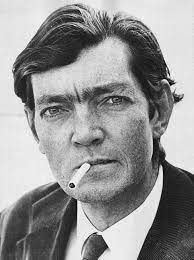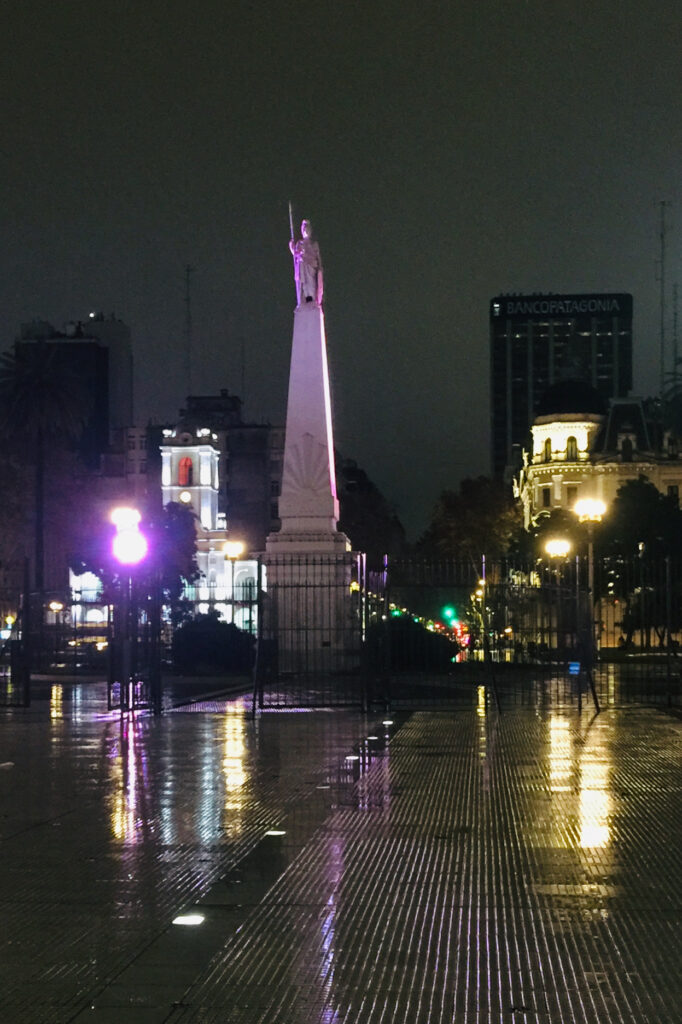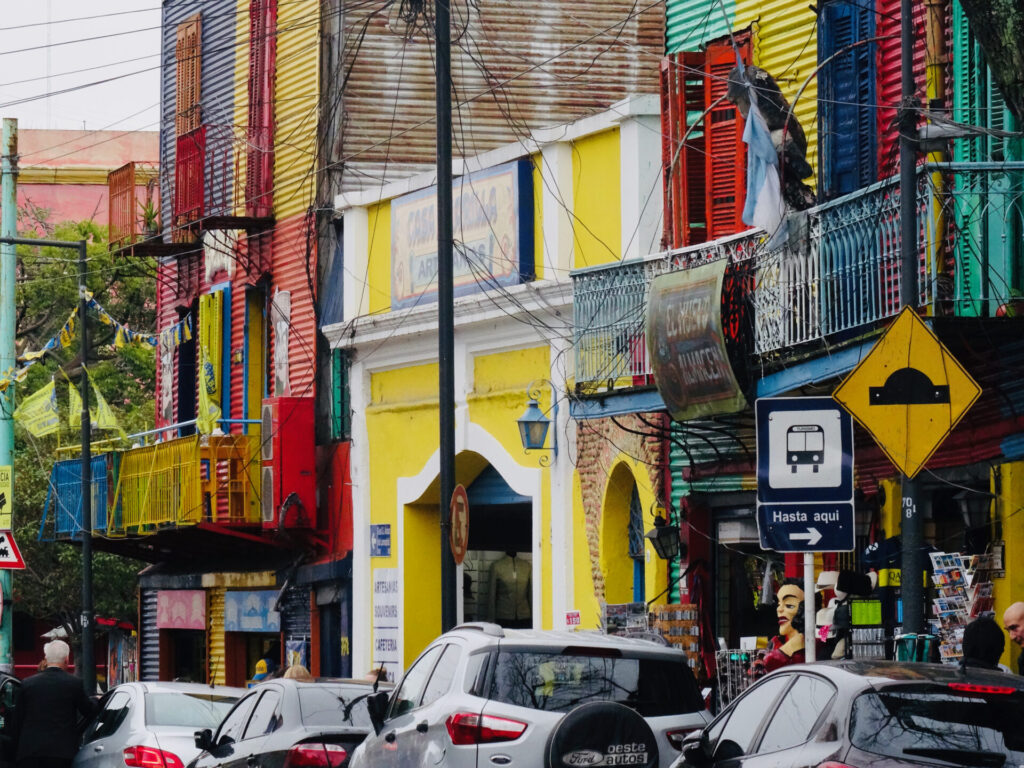Travelling in Argentina
Three years ago, this winter, I was in Buenos Aires, the capital of Argentina. I went on a night time guided tour of some of the sights of the city. It was the off-season and a rainy winter’s night and so I was the only person on the tour and was accompanied by a tour guide and a driver. We both sat in the back seat and were chauffeured around the city, stopping at places like the Plaza de Mayo with the famous Casa Rosada or pink palace that some people might know from the film version of Evita.

During the course of the evening we had supper at a Buenos Aires institution – a café called London City on the Avenida de Mayo. I ate empanadas which I enjoyed. I ate so many empanadas during my three weeks in Chile, Argentina and Uruguay that I started to make a mental list of the best. The London City were pretty good but not as good as those I had sitting on a hillside vineyard in the foothills of the Andes just outside of Santiago or those, I had on a gaucho ranch near San Antonio de Areca.
I discovered two things that night. First, that I quite enjoyed Fernet and Coke. Fernet Branca is almost the national spirit of Argentina and is a type of Italian Brandy that I now purchase occasionally from my local liquor store. The second thing I discovered was the Argentine writer Julio Cortázar.
Early in the tour my guide discovered my love of writing and books and asked me if I had read any Argentine writers and I had told her that I had read Borges but that was about it. She told me that she admired Borges as a writer but did not like him for being an apologist for the Junta during the Dirty War from 1976 to 1983. My guide said that we could have supper at a café that Borges had frequented, or we could go to London City, Cortázar’s favourite café. I could tell that she would have preferred London City, so that’s the one I picked.
Julio Cortázar
Cortázar is probably not that well known to a lot of English speaking readers. He died in the mid-eighties and was considered very influential amongst young Argentine writes in the ‘sixties and seventies.

His most famous novel is Rayuela (or Hopscotch in English) and my tour guide told me it was her favourite book. The book was written in 1963. The book is about an Argentine writer called Horacio Oliveira who lives in Paris but, due to a series of unfortunate and tragic events returns to live in Buenos Aires. He live a life full of amazing adventures doing all sorts of things to earn money, including working in an insane asylum and training a circus cat that can count. I loved the structure of the book which also gave it its name. You can read the book conventionally from the beginning and it ends at the end of Chapter 56. After Chapter 56, there is a second section called From Diverse Sides – Expendable Chapters. In his note at the beginning, Cortázar provides a guide and recommends that you read the book in what seems like a random order of chapters, starting at 73 and then you read Chapters 1 and 2 before jumping to 116 and then back to 3 and then to 84. Basically, you read a chapter or two or three in a linear fashion and then jump to an expendable chapter. Not an easy read but worth the effort.
I also recommend his short stories, a number of whom are translated in a volume called Bestiary. A lot of his work is no longer available in English translations and unfortunately my Spanish is not good enough to pick up on his subtleties and wordplay. I do recommend Hopscotch.

Night Time Markets
Because the tour I went on was a night-time tour, we didn’t venture into La Boca which has a reputation for being a little dangerous after dark. I had been there a day or two earlier and whilst it is very touristy, it also has a colourful bohemian edge to it.

We did walk through a night time market place on the edge of La Boca and I enjoyed the way my guide walked through the crowds in this busy place full of people eating and drinking. The markets were the sort of place you imagine in some spy film set in some mysterious city full of unseen danger and yet my guide was full of confidence. I was inspired to write this short piece by that trip.
Buenos Aires – Night Time Market
Dodging showers, my guide is economical with her movements,
fast and deliberate, gliding through the crowds in the night markets,
locals with their beer and empanadas, Boca Junior on the television,
a sense of danger in every darkened shadowed corner in this labyrinth.
My enigmatic guide, a femme fatale from countless ‘B’ Grade movies,
Sunday nights, suburban cinemas of my young days dreaming of escape,
moves through the market place, a quarter smile on her lips, a nodded
gesture to the stallholders that she recognises or who recognise her.
Owning the city, or so it seems, conjuring stories from the darkness,
of the days of the generals, the days of her childhood, the days of
night-time when there were no childhoods that were not stolen,
and yet, here to the south of the palace, there was always tango.
